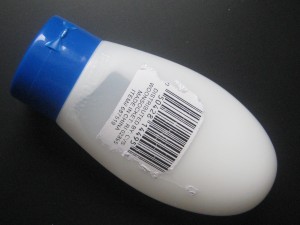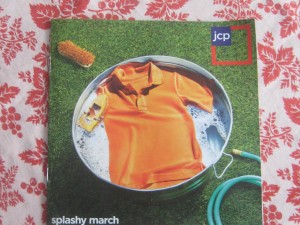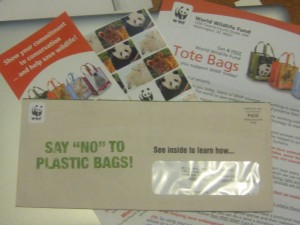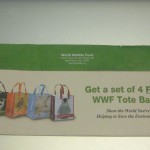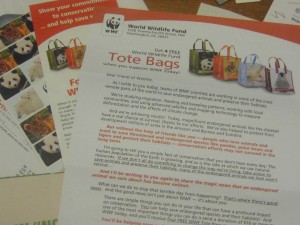Herschell Gordon Lewis has a great example about the value of specifics in copywriting. It’s a fundraising headline to the effect of “about 200,000 children will die of starvation in Africa without your help.” The word “about” sucks the urgency and empathy out of the statement like a needle puncturing a balloon. If the copywriter didn’t care enough to find out a more accurate number, why should you care?
Specific numbers and statements help prospects visualize what they’re actually going to get when they respond to your advertising. Specifics are more believable and smell less like puffery. Specifics are also a kind of rite of passage for a copywriter… they show your bosses, your clients and ultimately the recipient that you’ve done your homework.
Which is more credible? 100% pure, or 99.44% pure? The latter, obviously. It’s also better than 99.99% (a number you frequently see applied to IT system uptime and other quality-controlled processes) because it’s so random it could only have been arrived at through careful research. (Bonus question: what is the product, and when was the slogan first used? You probably know the first answer but I’ll bet you’ll be surprised at the second. Proves that good copywriters have known this strategy for a very long time.)
Which is more credible? 30 days to a better figure, or lose weight fast? The first one, and 29 or 31 days would have been even better because of the apparent randomness as noted above.
Bad: many reasons to buy now. Better: 10 reasons to buy now. Best: 9 reasons to buy now. If there really are only 9 reasons, why pad it to get to a nice round number?
I realize I’m far short of 47 reasons, but I think I’ve made my point. And by the way, have you ever noticed how often the number 47 appears in narratives, especially science fiction narratives? One reason is that it appears to be the ultimate random number. But actually, it isn’t.
